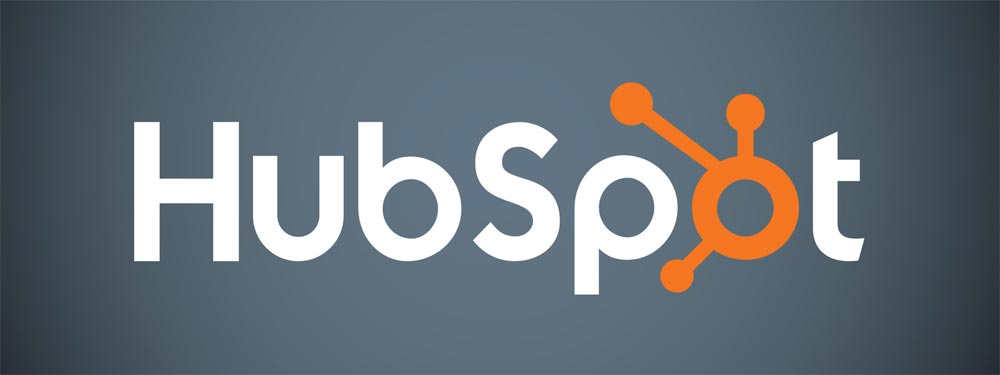
HubSpot License Levels: How to Evaluate and Selecting the Right One
If you’ve recently decided to embark on an inbound marketing program for your company and deciding to use HubSpot, it’s very likely you’re currently asking yourself what HubSpot license level is right for you and your business. First off, whatever level you select, you can rest easy knowing you’ve made a big push toward aligning your marketing and sales teams. The automation, content tools, SEO applications, analytical tracking, CRM, the integration of sales and marketing tools, and the various sales enablement features of HubSpot mean you are better positioned to have more success with your inbound marketing. HubSpot’s strength is in having an all-in-one inbound markeitng and sales solution. Now, it’s just a matter of selecting the HubSpot license level that best serves the needs of your business and your current marketing efforts.
What HubSpot License Level Is Right for Your Business?
An Important Note about All HubSpot License Levels
Regardless of the level you choose, no paid package will solely be a marketing or sales tool. Part of the appeal and success of HubSpot is that it works to bridge that gap between marketing and sales, effectively providing a platform that aligns those two groups and better prepares them to reach shared goals.
Even with HubSpot Basic markeitng software, it’s a powerful marketing and sales tool that provides features such as a shared database, allowing marketing and sales access to the same contact information that automatically updating relevant fields in individual connect records.
What Factors Should Influence Your HubSpot Licensing Decision?
The HubSpot level that is ideal for your business depends on a number of factors, but first and foremost, it’s important to remember that those factors are not set in stone. As your business grows and changes, you do have the ability to upgrade and easily integrate all your HubSpot portal data.
Some of the deciding factors to consider when selecting a package include the following:
- The size of your company (number of employees).
- Current and projected monthly traffic to your site and/or blog.
- Number of email campaigns you send out on a monthly basis.
- Contact list size.
- Marketing budget.
- Do you require markeitng automation.
- Content strategy
The HubSpot License Levels: Basic, Pro, and Enterprise
HubSpot currently offers three license levels for their software: basic, pro, and enterprise.
- Basic – Generally for small businesses or those just starting to create strategic content through inbound marketing efforts. This package includes features such as the marketing analytics dashboard, social media suite, e-mail marketing, and content creation (and optimization).
At the basic level, you can also integrate your HubSpot CRM with powerful application such as PandaDoc, a sales enablement tool that allows you to write, send, analytically track, and get legally binding e-signatures on proposals, quotes, and other documents.
The one drawback- you don’t have markeitng automation capabilities.
- Pro – The most popular choice. It provides everything basic includes, but arguably the largest difference is pro provides marketing automation, Salesforce and other third party integration, and custom workflows. As your leads increase, this automation ability lets you more efficiently and successfully nurture potential clients through the sales funnel.
Other included features include: many more templates (for e-mails and more), sales software that facilitates integration of assets, calendar tool to more easily schedule meetings, sequence creation to create sales or marketing workflows, and more.
- Enterprise – Primarily for large, established companies. It provides everything in pro but with extra features, such as A/B testing (to determine the best conversion success among various calls to action, e-mail templates, landing pages, etc.), predictive lead scoring, enhanced reporting tools, and more.
Pricing:
Basic: $200/month ($600 required onboarding fee)
Pro: $800/month ($3,000 required onboarding fee)
Enterprise: $2,400 /month ($5,000 required onboarding fee)
Signing Up—and Paying—for Your HubSpot License Level
Once you’ve selected the level that’s relevant for your company, there are a few things to know about the payment process.
First, HubSpot operates as a yearly license. That means you must financially commit to a twelve-month requirement.
Payment for your plan can be made as a monthly charge, or you can pay for that year up front.
What If You’re Not Ready to Commit to a HubSpot License?
Depending on your business and your marketing budget, HubSpot might seem like too much of a financial burden. If that’s the case, remember two important things.
One, HubSpot is an investment. It helps you track your successes, optimize your content, and better nurture your leads though the buyer’s journey. All this ultimately works toward the goal of increased revenue, which means the underlying idea is that HubSpot will eventually pay for itself in increased clients and associated revenue.
Two, if you’re hesitant about the value of HubSpot, you can try the marketing package for a free thirty-day trial. If you’re not convinced the software is right for your business after that month, you aren’t committed to paying anything.
There are also free features of HubSpot. That includes:
- HubSpot Leadin. A free lead capture and contact insights tool.
- Sales CRM. (The marketing CRM is part of the pay service.)
- HubSpot Sales. (This is free up to a point. Features such as tracking and unlimited templates are part of the pay service.)
At the very least, I would recommend using Leadin as you start your inbound markeitng program. Providing you the ability to capture leads, manage leads in one place and analyze your markeitng efforts.
HubSpot Support Makes the Mark
Strong software support is vitally important to any organization. Especially with the sophistication of today’s tools and over level of functionality. This is were HubSpot really shines. The ability to quickly call or email a HubSpot support rep, and in most cases receive a thorough response quickly is invaluable. Their attention to detail and willingness to find solution to your problem is refreshing.
Also, they have great deal of support documentation and videos that can quickly get you the response you need.
HubSpot Licensing: Look before You Leap
While most people do choose the pro level, reasoning that it offers the most value for services provided, the important thing to consider is what will provide the most value for your organization and ability to scale with your marketing and sales divisions. What will benefit your marketing team, sales force, C-level executives, and everyone between?
It’s crucial to give this forethought because jumping into a package could mean you’re needlessly overpaying for services you don’t yet require, or it could mean the software isn’t as effective as possible because the package is not comprehensive enough.
Remember, though, every HubSpot license level offers content optimization tools, seo capabilities, landing pages, call-to-actions, email campaigns, social media tools,a lead management system, CRM and analytics, increase the productivity of your sales and marketing teams, and better align those teams to work toward shared goals. Choosing the right level, therefore, comes down to where you are in your web traffic, lead generation, lead nurturing and revenue generation goals. As your inbound marketing efforts expand and create more opportunities, HubSpot is able to scale with your increased success.
Receive a Free Inbound Marketing and Inbound Sales Assessment





Recent Comments